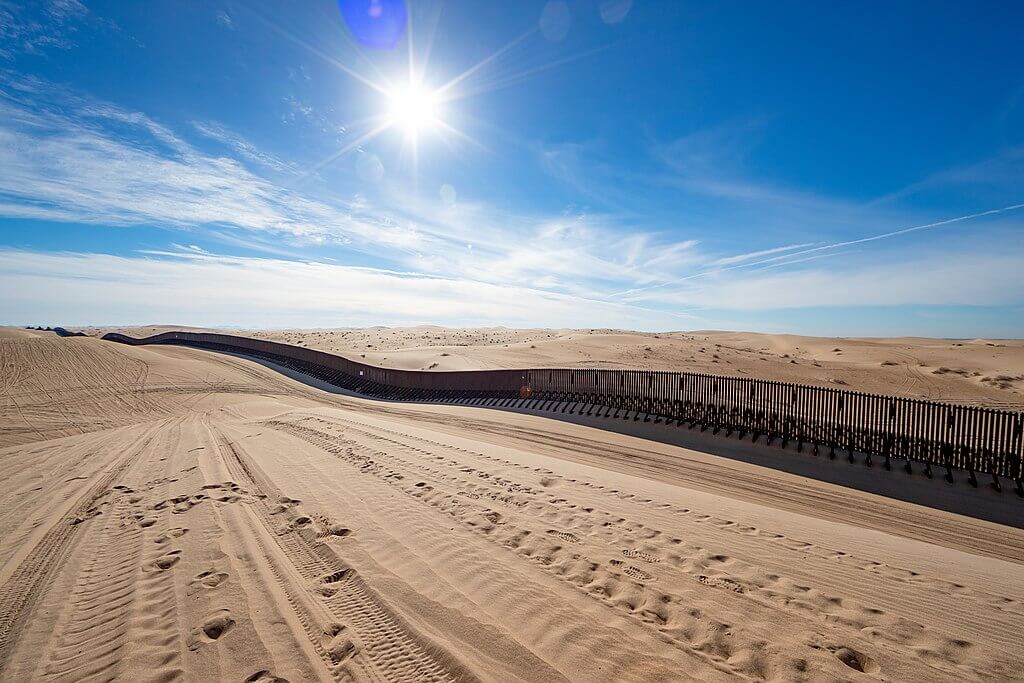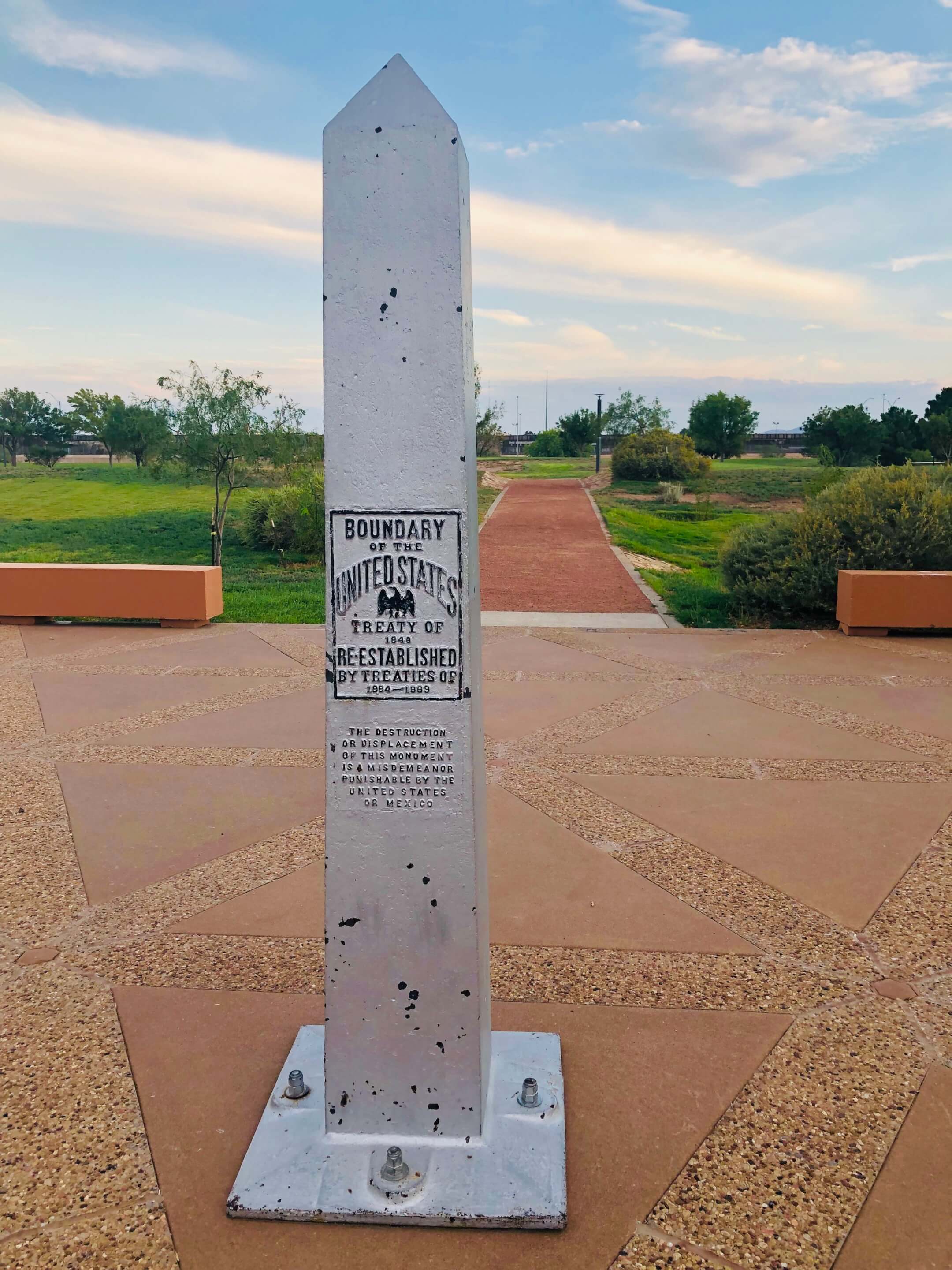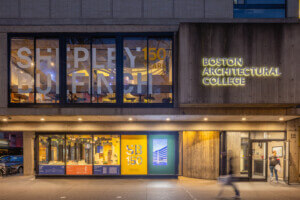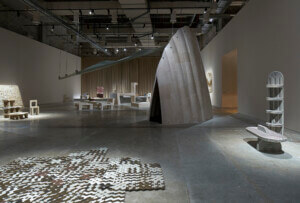The National Building Museum in Washington, D.C., is getting back into the swing of things after its April reopening, and that includes a major show on the United States-Mexico border wall planned for next month. Today, the museum announced that The Wall/El Muro: What is a Border Wall? would debut on November 6 as a multimedia examination of a structure (both physical and metaphorical) that continues to evolve.
“Borders are invented, imaginary places,” said exhibition curator Sarah A. Leavitt in a press release. “They change over time, and they are policed differently over time. What is happening on our border matters and it was important to me to be able to start telling this story. This is what museums should be for—leading this type of conversation.”

To that end, the show (which will be presented both in English and Spanish) will examine the architecture and engineering angles and the challenges of building in such a rugged environment, but also through the lens of the cultural and personal impacts. To do so, The Wall/El Muro will feature hundreds of photographs from the border along with videos and physical artifacts that include a full-sized piece of the wall that once stood between Calexico, California, and Mexicali, capital of the Mexican state of Baja California. Ronald Rael’s blindingly pink seesaw installed at the border between Mexico’s Ciudad Juárez and New Mexico’s Sunland Park and went viral in 2019 will also be on display.
As for the experiential part of the exhibition, visitors will be able to experience a “soundscape” of the border wall near Otay Mesa, California, complete with both nature sounds and the whizzing of security drones on patrol. Real-life stories of teenagers who have crossed the border will also be narrated in their own voices.

The Wall/El Muro: What is a Border Wall? will remain on display for a year and be accompanied by a bevy of talks and programs related to the environmental impact of the border wall, the history of building physical walls for national security purposes, and the ethics of hard barriers meant to keep migrants out. The first talk will focus on the history of the U.S.-Mexico border wall and what it has meant for architecture and planning in the region, and community responses.











